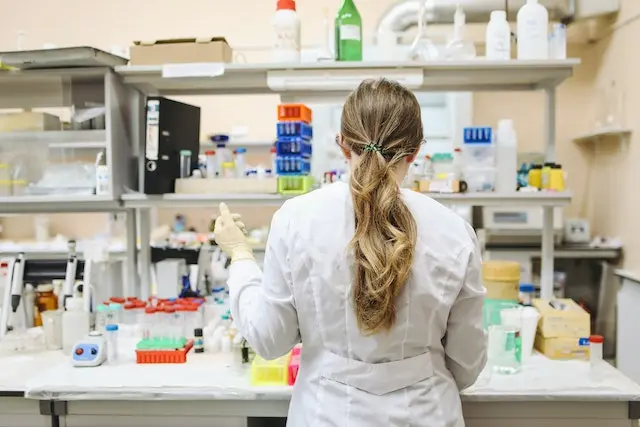Introduction:
These pathology labs are right on the edge of the healthcare industry since they offer crucial information to make diagnoses and in subsequent treatment, and care for the patient. This is therefore true for all care and the systems that accompany these laboratories as the healthcare industry changes. Here comes the Technology-Enhanced Laboratory Information Management System or LIMS solutions which are redefining pathology labs. This has posed more importance on the use of technology in increasing the effectiveness of LIMS today given the ever-increasing and complex environment in the delivery of healthcare.
From integrating and optimizing processes to enhancing accuracy, technology-integrated LIMS are indeed imposing new changes in pathology labs to make them relevant and efficient despite the fast-evolving world. It is time to look further into how these systems are in the process of defining the future trends of pathology labs and the overall healthcare sector.
The Traditional Pathology Lab Setup
Traditionally, pathology labs have suffered from being administratively intensive, paper-based, and siloed. Analysts and technicians would spend a lot of their time chasing samples locating relevant cases, entering data, and confirming the transmission of data to other caregivers and pathologists. As effective as these methods were in achieving their goals they were very riddled with a lot of flaws and моглиьesses, time wastage inclusive. Moreover, the contemporary diagnostic nature has expanded and become complicated, creating a notion that conventional systems are no longer functional.
With the number of samples and data processed by Pathology labs that continue to rise constantly, it is impossible to overlook the need for efficiency, accuracy, and the ability to work faster. This is where Pathology Lab Software which is combined with a technology update LIMS comes into the picture.
Benefits of Technology-Enhanced LIMS in Pathology Labs
Introducing technology-integrated Laboratory Information Management Systems is changing the face of pathology laboratories and enhancing the ways of doing the work and managing the lab in a much more efficient and productive manner. Eligible benefits to elaborate to illustrate the transformation achieved by current pathology lab software include the following.
1. Improved Efficiency and Turnaround Time
The first feature that would be quickly realized when using technology-enhanced LIMS is the enhanced speed needed to accomplish laboratory operations. Sample tracking entry and report generation cut down on the tedious tasks performed within the lab, enabling experts to concentrate on higher value-added operations. Ultimately this gives a faster test result and minimum time taken, which is very vital in the handling of the patient.
2. Enhanced Collaboration and Communication
In a pathology lab, the results should be accurate and this is only possible if the volunteers work as a team. In the context of the healthcare domain, LIMS facilitates an effective exchange of information by combining all laboratory data, patients’ records, and reports in a single interface accessible by all the members of a team. This ability to work in unity makes the flow of communication not only effective within but also strengthens the relationship of the lab with other healthcare teams.
3. Regulatory Compliance and Reporting
The rules and standards governing the healthcare profession are complex, especially in how data is collected and analyzed. Techniques and practices in pathology together with the help of LIMS for pathology lab software implement documentation compliance requirements of the industry. This eliminates human interference and makes audits as well as inspections much easier and less time-consuming.
4. Cost Savings and Resource Optimization
Automation and enhanced workflow result in saving costs through the eradication of manual errors, efficient utilization of resources, and optimal utilization of samples. Technology-enhanced LIMS also provides improved inventory management, and reagents and other lab materials are used effectively; thus the reduced operation costs.
Conclusion:
In conclusion, integrating technology in LIMS Play In Healthcare enhances efficiency, accuracy, and collaboration and at the same time respects regulatory requirements on pathology labs. When used by labs with high-technology pathology lab software starts getting implemented then they are in a position to satisfy the emerging needs of the modern health facilities. Implementing these systems therefore resulted in improved patient care and logistics in the laboratory as seen from the benefits accorded by the various integrated systems.





